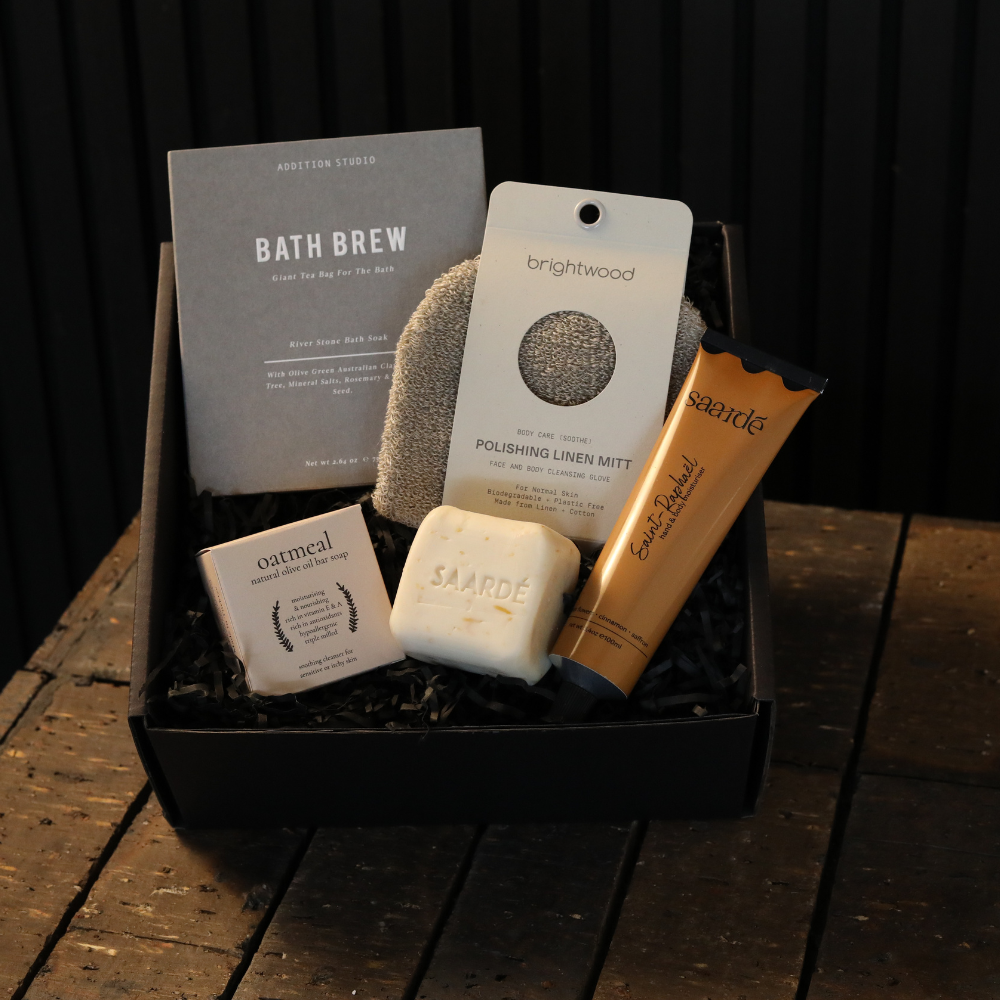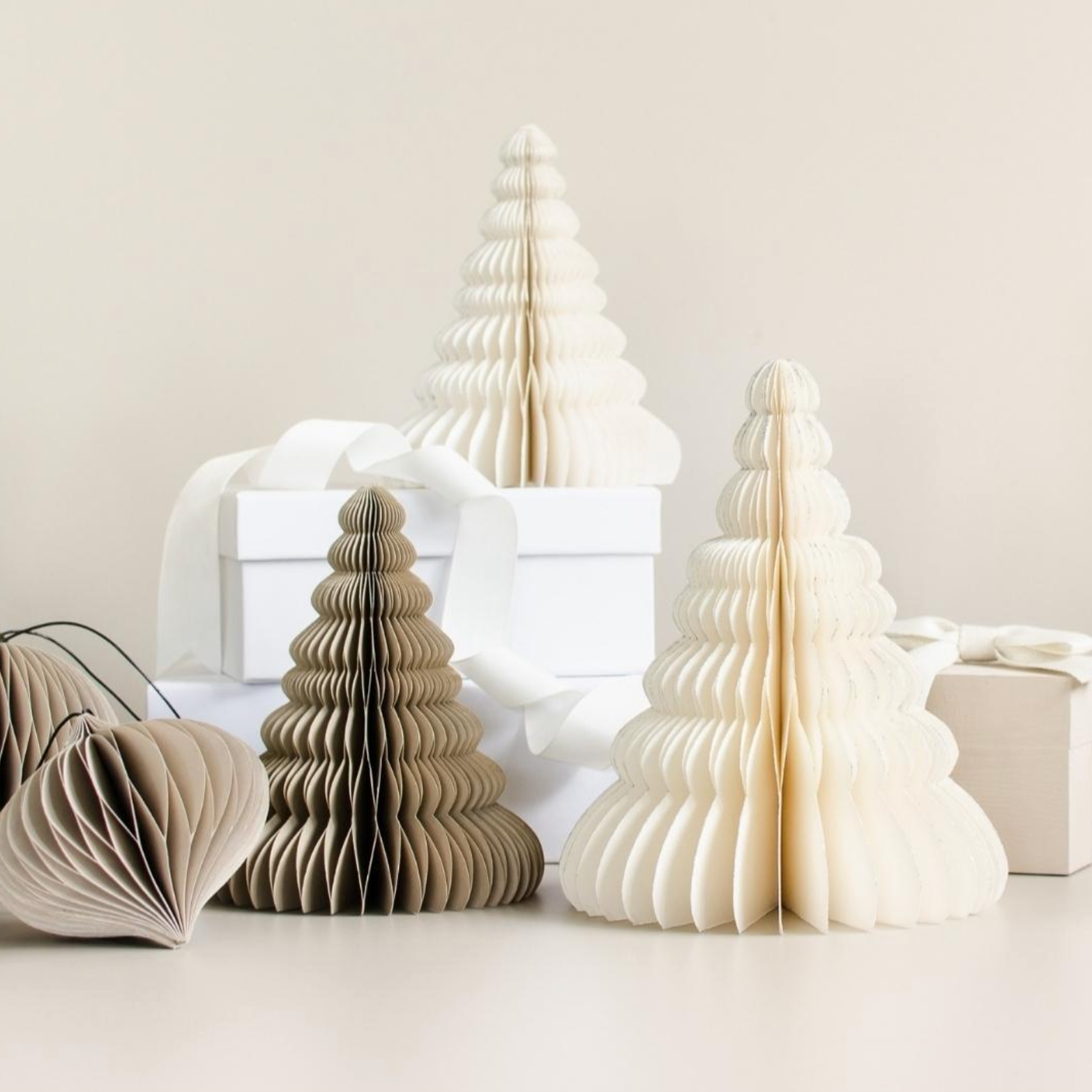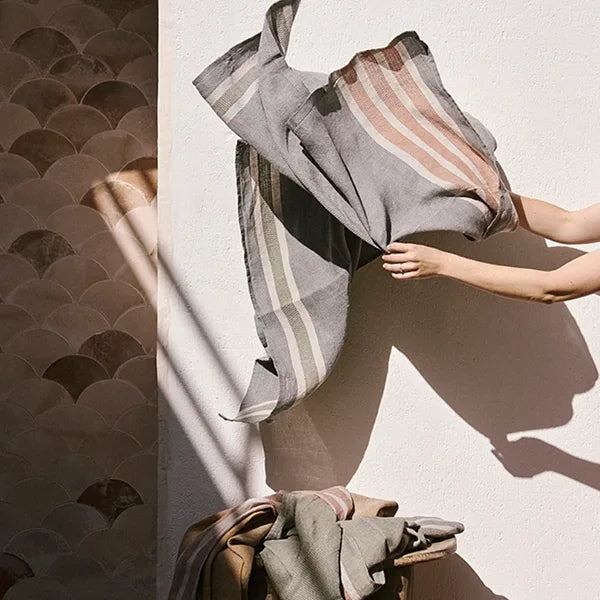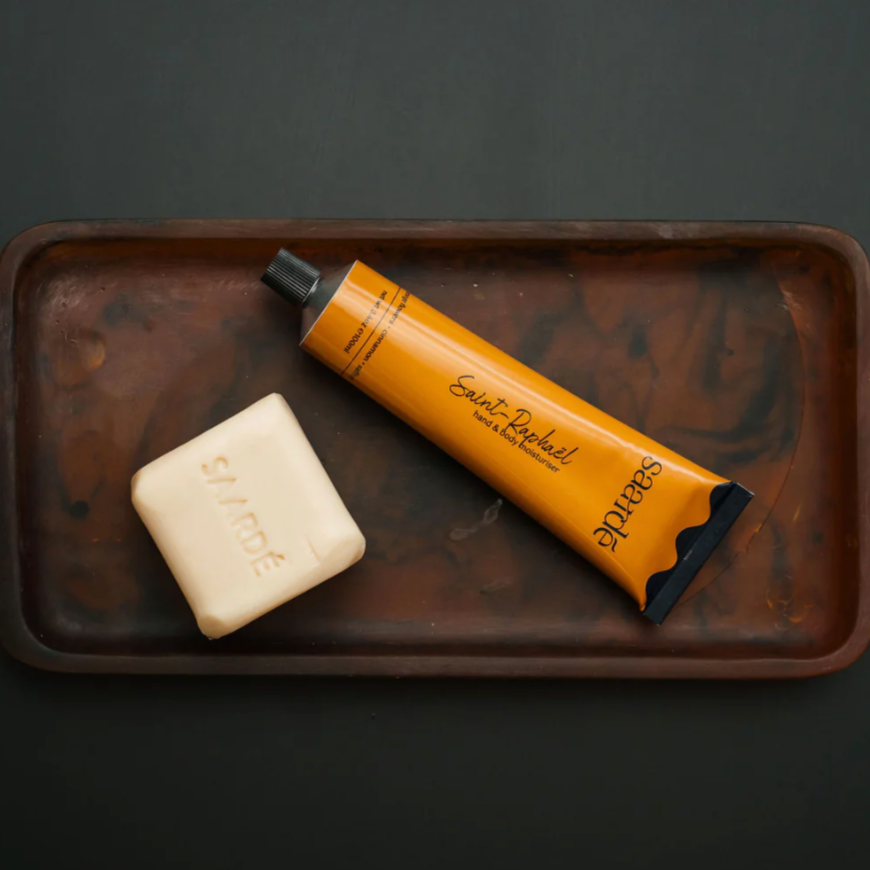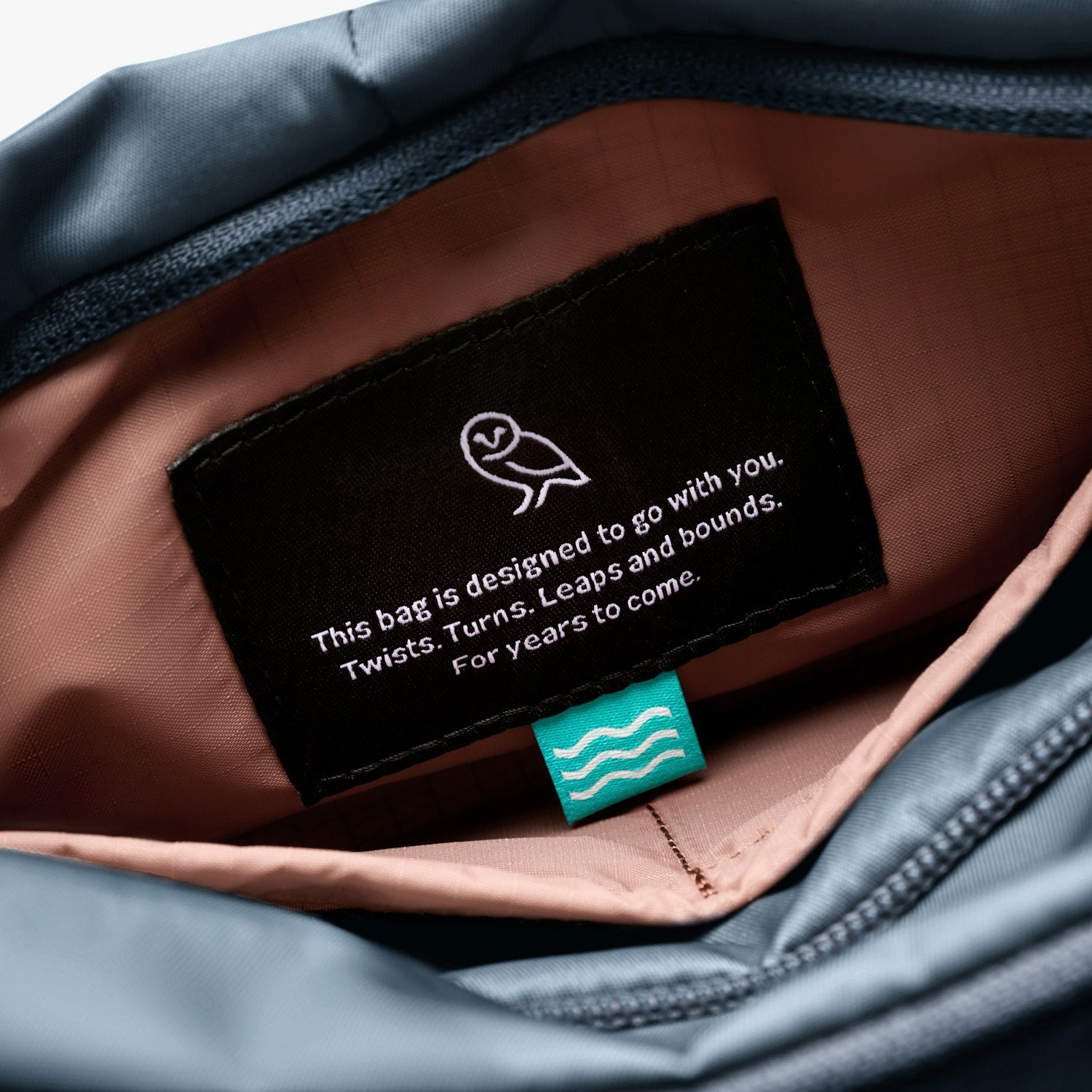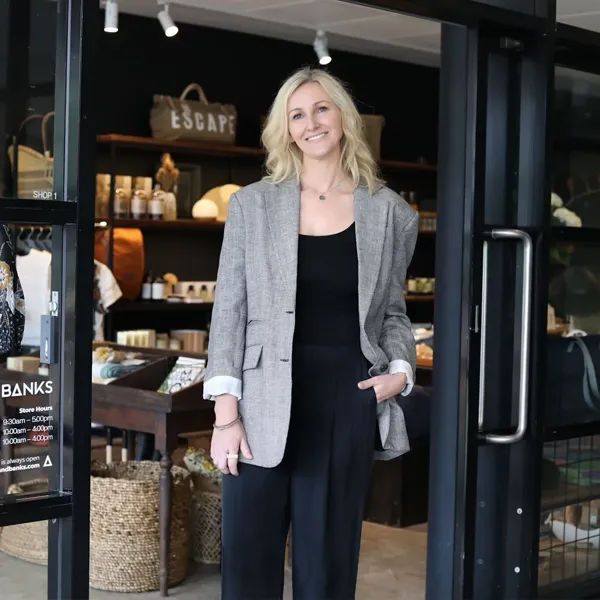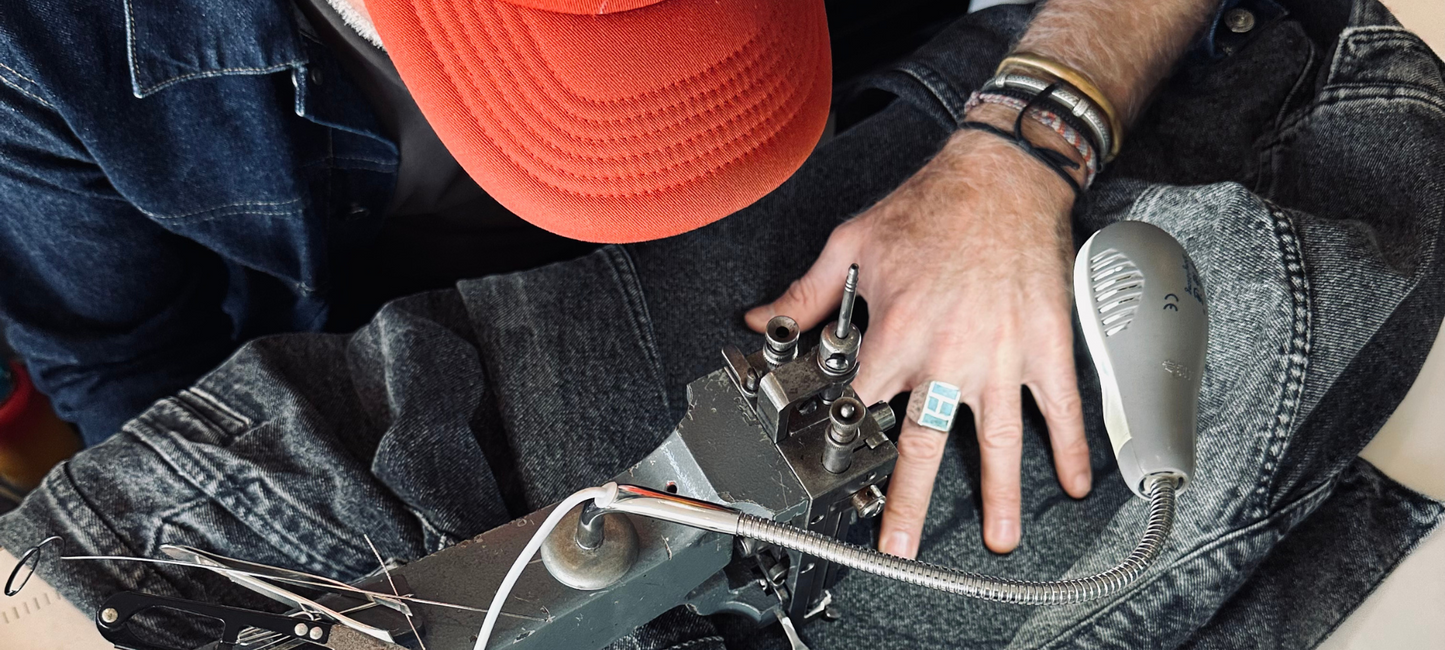What is the Fashion Revolution & why do we still need it?
Written by Niccii Kugler
Buckminster Fuller once said, “You never change things by fighting the existing reality. To change something, build a new model that makes the existing model obsolete.”
Fashion Revolution Week, held from 19-25th April, is an annual event that sees retailers, consumers and creators come together to create a better fashion industry. Although this change has been a long time coming, the Fashion Revolution was spurred into being with the Rana Factory Collapse, which killed over 1000 people in 2013. 2021 marks the eighth anniversary of Rana Plaza, and this year’s Fashion Revolution Week will focus on amplifying all the unheard voices across the fashion supply chain.
Why does it matter?
It’s no secret that the fashion industry is a problematic one. And, although there have been many positive changes throughout the years, environmental issues and human rights abuses are still prevalent. When Rana Plaza collapsed, people were digging through the rubble for weeks, searching for clothing labels to determine which brands had been using those factories. Many brands themselves struggled to figure out why their labels were in the ruins and didn’t even know what purchasing agreements they had with those suppliers.
This lack of knowledge and transparency is an issue that continues to this day. The fact is that the majority of fashion retailers don’t own their manufacturing facilities. Subcontracting is incredibly common, making fashion supply chains a murky and complex labyrinth. Every twist and turn takes these brands further from accountability, and human rights violations are easily hidden from the public’s sight.
The current state of the fashion industry
In the years following the Rana Plaza disaster, conditions did improve. The Bangladesh Accord on Fire and Building Safety ensured that the 4.5 million garment workers in Bangladesh finally saw a decrease in severe factory accidents. It has also created an avenue for workers to make confidential complaints about their working systems. For the millions of women who work in the textiles and garment industry in Bangladesh, the ability to gain economic freedom and support their families has only improved - with the number of people living below the poverty line falling more than 30% from 1991 to 2018.
Despite these changes, however, inequality remains rife, with the European Parliament using the term “slave labour” to describe the current working conditions of garment workers in Asia.
- While some fashion brands might boast that their workers are paid minimum wage, in countries like China, Cambodia, India, Sri Lanka and Indonesia, the amount actually represents between half to a fifth of the living wage.
-
The International Labour Organisation states that of the 260 million children in employment around the world, 170 million are engaged in child labour, and at least 6 million are in forced labour.
-
In India and Bangladesh, the Fair Wear Foundation reports that at least 60% of garment factory workers experience harassment at work, although this figure is likely to be underreported because of fear of retaliation.
- An estimated 27 million people working in the fashion industry, from farming to retail, suffer work-related diseases or illnesses, and an additional 1.4 million injuries are recorded each year.
Some may joke that “beauty is pain”, but the simple fact is that no one should die or suffer for fashion.
The rise of ethical fashion
The advent of COVID-19 forced many of us to reconsider our priorities and think about what mattered most to us. However, for years, millennials and Gen Zs have been growing their stake of spending power. With easy access to a plethora of information on the environmental and social implications of fashion, we’re seeing a global cultural shift when it comes to purchasing decisions. Ethical, sustainable, minimal waste and slow fashion are gaining momentum, and brands are truly listening.
Vegan clothing as a way to champion the ethical treatment of animals is becoming increasingly popular - take A_C Official, for example. Their range of bags are made from a variety of leather alternatives, including Cactus Leather and Pinatex (a textile made from the fibres of pineapple leaves). Other brands like Beyond Skin offer vegan shoes, Le Buns specialises in vegan swimwear, and as always Stella McCartney is a pioneer in this space with an entire vegetarian line of clothing.
Working with more than just materials, ethical clothing brands are focussing on ensuring humane working conditions for the people who make their clothes, choosing to only work with certified factories, collaborating closely with the communities that create their products to empower them financially, or by manufacturing locally in Australia. Innovative brands - like Outland Denim - are being founded with the primary intent to passionately build a business that empowers and takes care of people. Amongst the ethical brands that call Nash + Banks home, Elvie & Leo ensures that every supplier in their manufacturing process has Fair Trade accreditation, including Child Labour Free accreditation and Ethical Clothing Australia accreditation. Cloth + Co works with women at a grass-roots level in India to help them achieve financial independence while preserving traditional craft techniques. Finders and Makers empowers workers around the world by tackling poverty and poor working conditions, promoting gender equality by providing stable and regulated employment solutions for women.
Riding the wave of change
Every single one of these brands is, in their own way, making a small but noticeable difference. And these changes are starting to spill over into the mainstream with The Ethical Trading Initiative’s “Corporate Leadership on Modern Slavery” Report (which polled 61 global sourcing executives with a combined buying power of $100 billion) finding that 82% of companies believe that addressing human rights within their core business model is the most significant strategic indicator of corporate leadership on modern slavery. Meanwhile, 93% of companies highlighted that they have a responsibility not only to do everything in their power to address it, but also to ensure that workers most affected are protected from further harm and compensated appropriately.
The fashion and textiles industry has, thus far, been slow to adapt and make the necessary changes to the status quo. But this all changed with the pandemic, which accelerated and magnified problems that already existed in the supply chain. With the advent of COVID-19, supply and demand levels were radically altered while temporary trade restrictions and shortages highlighted weaknesses in production strategies. Multiple national lockdowns slowed and temporarily halted the flow of raw materials and finished goods. And, of course, numerous organisations suffered staff shortages and losses, which further impacted their operability.
As global supply chains abruptly and drastically changed in 2020, this mass disruption has accelerated the need for a genuinely systemic transformation towards a more sustainable model. Intentional or not, our existing reality has changed, and it’s paved the way for a new way of doing things.
It’s time for a radical change in our relationships with our clothing, our neighbours, our choices, and the world around us. And so, this April (and beyond), let’s embrace this change and explore the mantra of Fashion Revolution Week. “Be Curious. Find Out. Do Something.”

← Older post Newer post →

